This post covers the best RESP providers in Canada, like Questwealth, Wealthsimple, and Questrade, how to open an RESP account and your investment options.
The best RESP plans in Canada can help pay for your kid’s post-secondary education costs, save them a lot of stress, and minimize the need for hefty student loans.
The average annual tuition fee for undergraduate programs in the 2022/2023 academic year was $7,437, as per Statistics Canada. And, for students in professional degree programs like dentistry and veterinary medicine, the average tuition was double or triple that amount.
Given that the cost of Canadian university education is expected to continue to rise, maximizing your child’s Registered Education Savings Plan (RESP) is key.
Best RESP Providers in Canada
When investing your RESP, you need an ‘RESP provider’ who can be a bank, credit union, trust company, or online wealth manager (aka robo-advisor).
An RESP provider or promoter in Canada invests your RESP contributions and any RESP grant you qualify for, including the Canada Education Savings Grant, Canada Learning Bond, and provincial education grants such as the BCTESG.
If you are looking for low-cost RESP investment options without the hassle, an online wealth management company is a great choice. The best RESP providers we have reviewed in Canada are:
1. Justwealth RESP
Justwealth offers a unique RESP plan through its Education Target Date Portfolios. This is easily one of the best providers you can use to simplify things.
Its RESP account smartly rebalances itself over time and matures into the Justwealth Capital Preservation Portfolio at age 18 when your child enrolls in a post-secondary institution. For example, if your child was born in 2022, your target RESP date is 2040.
Justwealth supports the various grants, including CESG, A-CESG, BCTESG, and CLB.
What are the fees?
Justwealth’s annual management fee is:
- 0.50%: Accounts under $500K
- 0.40%: Accounts exceeding $500K
The ETFs used to build your RESP portfolio have an average fee of 0.20% per year.
Justwealth RESP accounts have no minimum account size. However, you should note that the minimum monthly RESP fee is $2.50.
To get started, visit Justwealth. New clients get up to a $500 bonus.
Justwealth

Top-rated online wealth manager
Several customized portfolios & low fees
Unique RESP and other offerings
Auto rebalancing and div reinvesting
Earn up to a $500 bonus
2. Questwealth RESP
Questrade’s managed investment service, Queswealth Portfolios, offers RESP plans.
Like Wealthsimple’s RESP, your government grants are contributed to the plan, and it earns tax-deferred growth.
What are the fees?
Questwealth RESPs have one of the lowest management fees in Canada:
- 0.25%: Balances between $1K and $100K
- 0.20%: Accounts exceeding $100K
In addition to this, the ETFs used in your portfolio have a fee ranging from 0.17% to 0.22%.
Note that the minimum investment you can make on Questwealth starts at $1,000.
To get started, visit Questwealth Portfolios (you can invest up to $10,000 free for one year using the link).
Those who prefer to manage their kid’s RESP themselves using stocks, bonds, mutual funds, or GICs can use the Questrade platform.
Questwealth
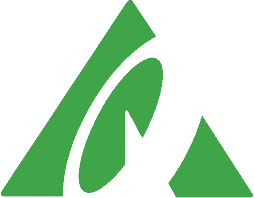
Professionally managed ETF portfolios
Multiple accounts & low fees
Auto rebalancing and div reinvesting
Invest $10K free in 1st year
3. Wealthsimple RESP
Wealthsimple is one of Canada’s top robo-advisors, with over $30 billion in assets under management. Its RESP investment account supports both individual and family RESP plans.
If you receive the CESG, A-CESG, BCTESG, or CLB, these grants are automatically contributed to your Wealthsimple RESP account. Also, there is no minimum amount required to start.
What are the fees?
Wealthsimple charges an annual management fee as follows:
- 0.50%: For investment accounts under $100K (this is equivalent to $5 per $1000 investment per year).
- 0.40%: Accounts exceeding $100K.
The ETFs used to invest in your RESP also include inbuilt fees that are paid directly to the ETF providers. The average ETF fee is 0.20%.
To get started, visit Wealthsimple (this link includes a $25 cash bonus).
Parents who prefer to self-direct their kid’s RESP account by choosing the individual investments and rebalancing when required can use the Wealthimsple Trade Platform.
Best RESP Investment Options
RESPs are versatile and can hold various investment assets, including mutual funds, Exchange-Traded Funds (ETFs), Guaranteed Investment Certificates (GICs), individual stocks, bonds, and cash savings.
When you are just starting an RESP for a newborn, it makes sense to have an aggressive or growth-oriented asset allocation.
For example, you could invest using equity ETFs at 80% or more of your portfolio.
As your kid grows older and closer to needing the funds, you want to take a more conservative approach. This is because there is less time to recover from market downturns if you will be paying tuition soon.
The table below shows the asset allocation plan I use for my kids:
| Child’s Age | Maximum Equities | Minimum Fixed Income |
| <9 years of age | 90% | 10% |
| 10 years | 80% | 20% |
| 11 years | 70% | 30% |
| 12 years | 60% | 40% |
| 13 years | 50% | 50% |
| 14 years | 40% | 60% |
| 15 years | 30% | 70% |
| 16 years | 20% | 80% |
| 17 years | 10% | 90% |
| 18 years | 0% | 100% |
Maintaining the asset allocation if you are invested in individual ETFs or stocks requires some ‘elbow grease,’ i.e. rebalancing, which is why the best RESP plan options in this post are robo-advisors who do all the work on your behalf.
What is an RESP?
An RESP is a government-registered account you can use to save for a child’s post-secondary education. Like other registered accounts (i.e. RRSP and TFSA), RESPs offer tax advantages.
The funds invested continue to grow tax-free while they remain in the RESP, and returns are only taxed in the hands of your child when they start making withdrawals.
Since most students are in a low tax bracket, the chances are that they pay very little to no taxes.
Perhaps the greatest benefit of an RESP is the ‘free’ grant money you get from the government known as the Canada Education Savings Grant (CESG). You get a 20% matching grant on your RESP contributions up to $500 each year, and up to $7,200 in lifetime benefits.
Types of RESPs in Canada
There are three main types of RESP plans offered by RESP companies:
Individual RESP: An individual RESP plan is opened for just one child. Anyone can choose to open an individual RESP for a child even if they are not the parent.
Family RESP: This RESP account can include multiple children as beneficiaries. If you have more than one kid, a family RESP can allow flexibility in sharing the funds between them. Each beneficiary can still get up to the maximum of $7,200 in government grant money.
Group RESP: This plan is offered by some RESP companies that pool together contributions from unrelated individuals and payout funds on a maturity date that is based on your child’s age.
We recommend staying away from Group RESPs.
Benefits of RESPs
If you need some convincing on whether to open an RESP for your child, here are some of its benefits:
Free government benefits: For each child, you get up to $7,200 in free grant money. These funds grow tax-free and can be used to cover their educational costs in the future.
Tax-deferred growth: The investments in an RESP grow tax-free, and no taxes are paid until your child starts to withdraw from it. The maximum amount of $50,000 you can contribute can grow significantly over time.
Flexibility: RESP savings can be used to pay for various kinds of expenses, including tuition, accommodation, books, and more. If your child decides not to pursue post-secondary education, you can:
- Use the funds for another child
- Withdraw your contributions
- Transfer the money to your RRSP
How To Open an RESP in Canada
When opening an RESP account, you will need to find a provider (choose from the options above or this government list) and provide them with these details:
- Your Social Insurance Number (SIN)
- The beneficiary’s SIN (your child/ren)
- A government-issued ID
- A void cheque to set up contributions
If opening a robo-advisor account, the process is generally completed online.
For bank RESPs, you can book an appointment online to speak with an advisor at the branch.
RESP Contribution Limit
There is a $50,000 lifetime RESP contributions limit per beneficiary.
You can contribute this amount once or over a period of time (up to 31 years after opening the account).
To qualify for the maximum annual government grant of $500, you must contribute at least $2,500 each year.
Excess contributions over $50K per child are subject to a 1% penalty tax per month until they are withdrawn.
Learn more about RESP contributions.
How To Make RESP Withdrawals
Funds in RESPs are classified in two ways when you make a withdrawal.
Post-Secondary Education (PSE) payments include withdrawals from the contributions you made. Since your initial contributions are from funds you already paid taxes on, withdrawals are not taxable. You can make a PSE withdrawal at any time and without limits.
Education Assistance Payments (EAP) include investment income earned in the RESP and government grants. There are some rules to keep in mind when making an EAP withdrawal:
- Your child must be enrolled in a qualifying or specified educational program
- They can withdraw up to $5,000 of EAP during the first 13 consecutive weeks of enrollment and any amount after.
- If enrolled in part-time studies, they can withdraw EAP of up to $2,500 for every 13-week period of enrollment.
Best RESP Canada FAQs
If you have more than one child, a family RESP simplifies the process, and you can share the money between your children depending on their educational needs.
If you are looking for a hassle-free RESP investment account that also saves you on fees, a robo-advisor RESP like Wealthsimple offers the best RESP plan.
Contribute up to $2,500 per year so you can get the full $500 CESG grant money each year until you max out at $7,200.
All investments carry an element of risk, and you can lose money in your RESP if the stock markets suffer a downturn. It is recommended that you take a more conservative approach to your RESP as your kids get closer to starting college.
The lifetime RESP grant money is $7,200. If you also qualify for the Canada Learning Bond, you can receive up to a maximum of $2,000.
Related: Is Wealthsimple Safe?

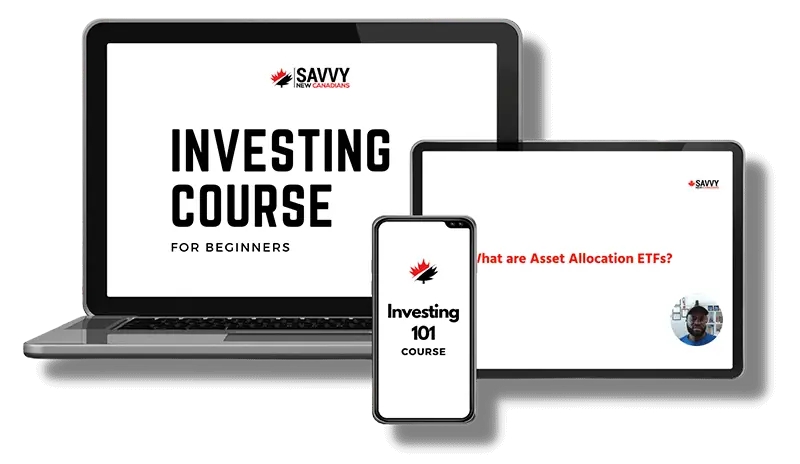
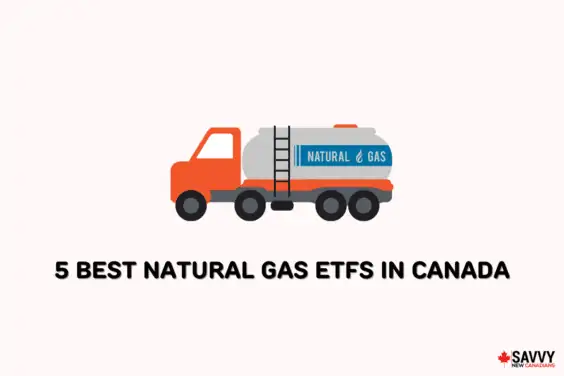
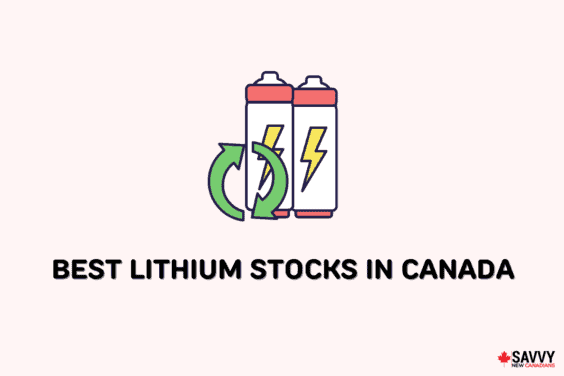

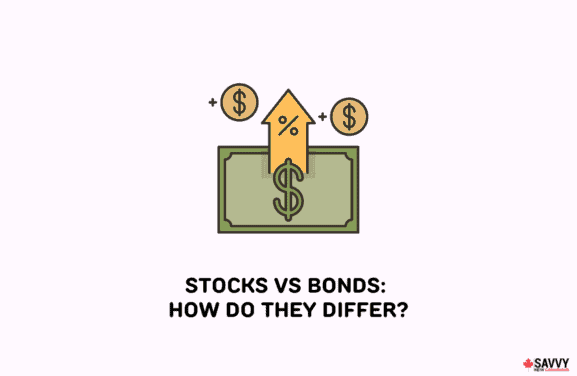
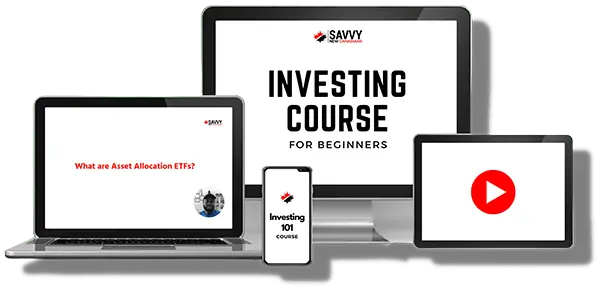

Would you be able to comment about RESP withdrawals? Just started with withdrawing funds for my eldest daughter. With TD, I can choose to deduct either PSE or EAP. But when I choose EAP, I cannot choose how much will be from CESG or Accumulated Income. The bank breaks it down for me After making 2 withdrawals, I discovered that they are deducting too little CESG. With a family account, that means some of the unclaimed CESG might be passed to the younger siblings. However, each kid cannot withdraw more than $7200 in CESG. I would have to return the excess if that happens. So if I maximize the CESG for the younger kids, it is very possible that the CESG from the older kids might not be claimed. Very frustrating dealing with TD on this.
Agreed – I have dealt with a few advisers at TD and they seem to be unaware that the government specifies a formula that determines which portion of an EAP withdrawal dollar amount will come from income and what will come from grants. Because of this, they can’t figure out how much to recommend to withdraw as an EAP for one specific child in a combined family plan. They think that if you just withdraw the total grants earned for a child it will be fine, but actually you also have to withdraw the right proportion of income. They also don’t understand why a statement from TD bank sent after the withdrawal that states how much actual CESG was withdrawn, does not correspond to what they thought was being withdrawn from the accounts or even to any of the numbers that they have access to in their computer systems detailing what is in the account. It seems that as parents, we need to figure this out ourselves in order to tell the advisor how much to withdraw to make sure that the full amount of CESG and the amount of income proportional for that child is completely withdrawn. Also, if you want to transfer any remaining grant amount to another child on the plan, apparently there are forms that need to be filled out. It is a major headache.